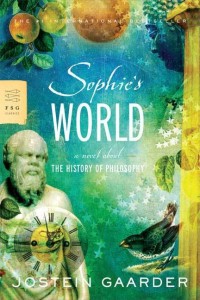Read about the time periods in and around William Shakespeare:
Outline: Read the Renaissance, Reformation, and Baroque

Read about the time periods in and around William Shakespeare:
Outline: Read the Renaissance, Reformation, and Baroque
| Enlightenment | What is the main idea of this text as it relates to the philosophy? | What quotations in the text support, highlight, or lead to the main idea? | What and where are the connections to the CoMC? How do the characters, plot, and/or theme reflect this philosophy? |
| Kant | What is the main idea of this text as it relates to the philosophy? | What quotations in the text support, highlight, or lead to the main idea? | What and where are the connections to the CoMC? How do the characters, plot, and/or theme reflect this philosophy? |
| Romanticism | What is the main idea of this text as it relates to the philosophy? | What quotations in the text support, highlight, or lead to the main idea? | What and where are the connections to the CoMC? How do the characters, plot, and/or theme reflect this philosophy? |
Winner of the 2011 APA/PDC Prize for Excellence and Innovation in Philosophy Programs
http://www.teachingchildrenphilosophy.org/wiki/Main_Page
Read about the course in The New York Times
The Giving Tree
The Lorax
Oh, The Thinks You Can Think!
In the comments section, provide you and your partner’s responses:
1. 6WS of the chapter
2. List the main idea(s) in this chapter and its connection to previous schools of thought.
3. Update your SW Chart. Review your information. Do you understand the timeline up to the Enlightenment?
4. Watch the slideshare below. Do you agree with the content presented?
In Sophie’s World, we have reached the pivotal chapter “Bjerkely.” While reading this chapter keep in mind your understanding of point of view. You will need to have a thorough understanding of “Bjerkley” in order to understand the chapter “The Enlightenment.” Also, yesterday (4.03.12) we viewed Jill Bolte Taylor‘s stroke of insight (2008) TEDTalk video that presented several topics related to perspective and reality and that shared the idea of answering the question of “who are we?”.
1. What does POV mean philosophically?
2. How does the epigram for this chapter connect? What is the significance of the mirror?
3. Where are we in this chapter?
4. What philosophers/philosophies are quoted in this chapter? Has the history of philosophy helped in understanding this chapter?
5. How does the chapter end? What is Hilde’s conclusion?
Challenge: What archetype is Albert Knag?
Challenge: If you had to create an analogy for this chapter, what would it be?
The Philosophy Pages by Garth Kemerling are licensed under a Creative Commons Attribution-ShareAlike 3.0 Unported License.
Click to access links to the various Philosophy Timelines
Online Stanford Encyclopedia of Philosophy
Extra Credit Assignment: Read the article and provide a six word summary in the comment section. The 6WS may be a complete thought or a string of phrases.
“Is The World An Idea?”
by Marcelo Gleiser
Read the full article here: http://www.npr.org/blogs/13.7/2012/03/07/148043114/is-the-world-an-idea
If you need to access the text for Sophie’s World, you may do so by clicking on this link:
